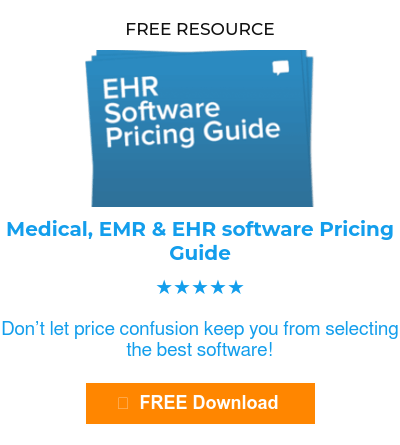e-Prescribing (electronic prescribing) facilitates the current prescription process by electronically transmitting prescription information between the physician, the patient and the pharmacy. e-Prescribing is an electronic avenue that sends prescriptions directly from the physician’s office to the pharmacy while storing prescription data in the patient’s electronic medical record (EMR) or electronic health record (EHR). This health care system is faster, more convenient, and reduces a significant amount medication errors that occur with the current prescription method.
e-Prescribing may also be referred to as computerized physician order entry (CPOE).
How does e-Prescribing work?
A physician or staff member enters prescription information on a computer using e-Prescription software, which is simultaneously integrated and recorded to the corresponding patient’s electronic medical record. The e-Prescription is then automatically transmitted, through a secure private network, to the patient’s preferred pharmacy.*
e-Prescribing software is offered by many EMR vendors. You can search for an e-Prescribing vendor here.
What are the benefits of e-Prescribing?
e-Prescribing increases patient safety. One of the ways in which e-Prescription software does this is with warning systems and alerts at the point of prescription that flag potentially harmful drug interactions, drug allergies, and dosage errors. These alerts have the potential to reduce a significant amount of the 7,000 deaths that occur annually in the United States due to medication errors.
Another way in which e-Prescription software increases patient safety is by eliminating legibility errors. When a physician inputs prescription information electronically, the medication errors caused by illegible hand-written prescriptions are non-existent because everything is written in computer text. This not only increases patient safety, but also decreases the risks related to liability.
The increased legibility of electronic prescriptions doesn’t just help patient safety, but also aids in streamlining the overall prescription process by reducing the need for call-backs from pharmacists to verify prescription information. According to an article about e-Prescribing by HIMSS, almost 30% of all the written prescriptions in the U.S. require call-backs. Calls between pharmacists and physicians can be time consuming and subsequently costly. These calls disrupt the work flow in the facility and reduce productivity of both the health care professional and the support staff. Along with reducing call-backs e-Prescriptions also eliminate the need for faxes because all information is sent electronically rather than through phone lines and without wasting paper.
Electronic prescribing does not just help in the initial prescription but it also helps request, receive, and authorize refills much easier. When the time comes for refills, the pharmacy can automatically inform the physician, who can review the file and make a quick determination and authorization. Refills can be submitted with the click of a mouse. The pharmacy can then notify the patient that the prescription is ready.
e-Prescribing also provides a tremendous amount of convenience and flexibility to the physician. Mobile electronic devices such as laptops, tablets and mobile phones that operate on wireless networks allow the physician to write and renew prescriptions from any location and the electronic medical record will be automatically updated.
The quality of care the patient receives is dramatically impacted by the e-Prescription movement. e-Prescription software is also capable of including drug reference software programs. Automatic review of formulary guidelines allows health care professionals to select medication options that are cost effective for their patients. Improved reporting capabilities accommodate quick identification of patients affected by drug recall to further ensure patient safety.
What are the drawbacks to e-Prescribing?
There are some challenges that must be considered regarding transitioning from traditional prescription methods to e-Prescription software. The cost may be prohibitive for a small practice. Training, maintenance and upgrades can be expensive and lost time and efficiency can be a problem during transition. Sweeping changes to work flow can be frustrating. The selection of the system, both hardware and software can be challenging for the small practitioner.
In the early stages of e-Prescription system use, learning curves can compromise the systems effectiveness. Illegible handwriting could be replaced by data entry errors, requiring careful review of all orders. The possibility of downtime due to network problems or loss of electricity necessitates fall-back procedures. Off-site storage and remote access are the greatest weapons against this kind of issue.
What are the government incentives for e-Prescribing?
Medicare is now offering financial benefits as part of a incentive program to help encourage the transition to e-Prescribing and EMR / EHR. In order to qualify for up to $44,000, eligible health care professionals who bill Medicare or Medicaid must demonstrate 20 criteria to prove meaningful use of their EMR / EHR software. This set of criteria, of which e-Prescribing and CPOE is a key element, is known as “meaningful use“. As the largest e-Prescription network in the country, Surescripts is an Authorized Testing and Certification Body which provides testing and certification services to prove meaningful use.
*91% of the pharmacies in the U.S currently accept e-Prescriptions


